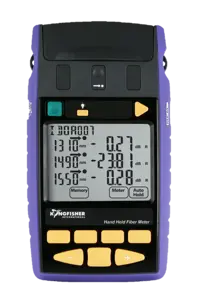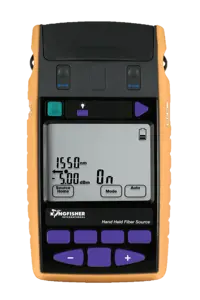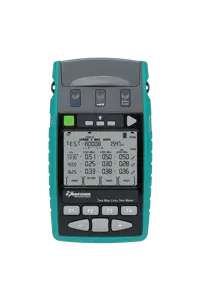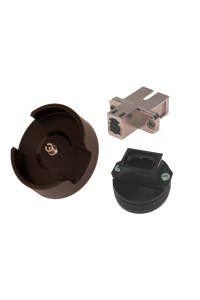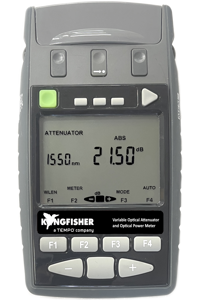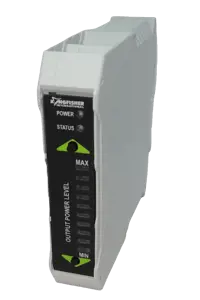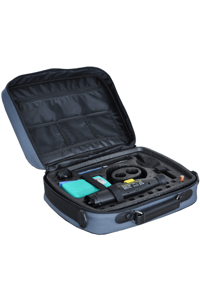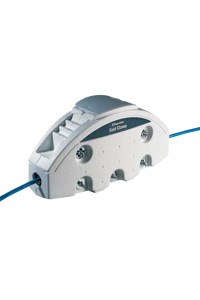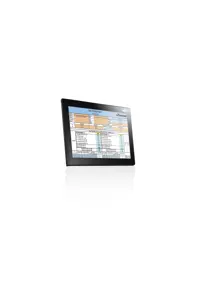Optical Calibration Services
We provide specialist calibration services for: Optical power, loss, linearity, light source wavelength, fiber length, OTDR, ORL, fiber end-face quality, Encircled Flux, microscope resolving power, for fiber optic and free-space optics across the UV, Visible & Near Infra-red spectrum, 360 - 1650 nm
Industries served
We serve customers in these industries: Service Provider, Enterprise, Data Center, Cabling, Defense, Government, Resources, Laboratory, Manufacturing & Medical.
We have a long history of providing specialist optical calibration services in partnership with many other general calibration service providers, large and small. Please enquire.
About the Kingfisher optical calibration laboratory
In 1993 the Optical Calibration Laboratory became Asia's first accredited commercial fiber optic calibration facility, when it gained NATA certification for calibration of optical power meters. It gained ILAC recognition in 2000. This lapsed some years later, and on 14 November 2019 the Laboratory received NATA / ILAC accreditation once more.
NATA, NMI and ILAC operate under inter-governmental agreements facilitated since 1875 by the BIPM, to ensure that SI unit measurements are accepted worldwide. These agreements tie together all the national standards laboratories and downstream laboratory accreditation arrangements such as NMI (Australia), NIST (USA), NPL (UK), PTB (Germany), LNE (France), METAS (Switzerland) etc.
The Kingfisher Optical Calibration Laboratory is externally audited & accredited by NATA to ISO/IEC 17025:2017 (facility no 20533, NATA accreditation certificate).
Our external auditor, NATA, celebrated it's 75th anniversary in 2022, making it one of the oldest laboratory accreditation bodies worldwide. Our audits include an optical metrology scientific assessor.
Customer instruments are calibrated using equipment that is either calibrated against an in-house primary standard, or fully traceable to internationally accepted standards, using documented procedures with established accuracy.
The laboratory makes extensive use of test automation to achieve a high level of throughput, which achieves an additional benefit that we can statistically analyze large calibration data sets.
Additionally, working with our service center and performing re-calibration of old instruments, gives us the ability to confirm the long term calibration stability of our equipment.
ISO/IEC 17025: 2017
ISO/IEC 17025:2017 is the modern global standard for the technical & administrative competence of calibration laboratories. It also defines documentation and personnel requirements.
In conformance with this standard, our calibration certificates also do not show a "suggested recalibration period".
The standard replaces a number of older standards and guides including ISO/IEC Guide 25, EN45001 and ANSI/NCSL-Z540.
Why ILAC NATA ISO/IEC 17025? further reading
TIA-455-231, IEC-61315, FOTP-231: Calibration of fiber optic power meters
The laboratory calibration methods for optical power conform to this standard.
Since 1993, our laboratory has used the concepts embodied in this document, which came out later in 1995. We acknowledge the valuable ongoing contribution made by the scientific staff of Australia's National Measurement Institute (formerly the CSIRO National Measurement Laboratory).



